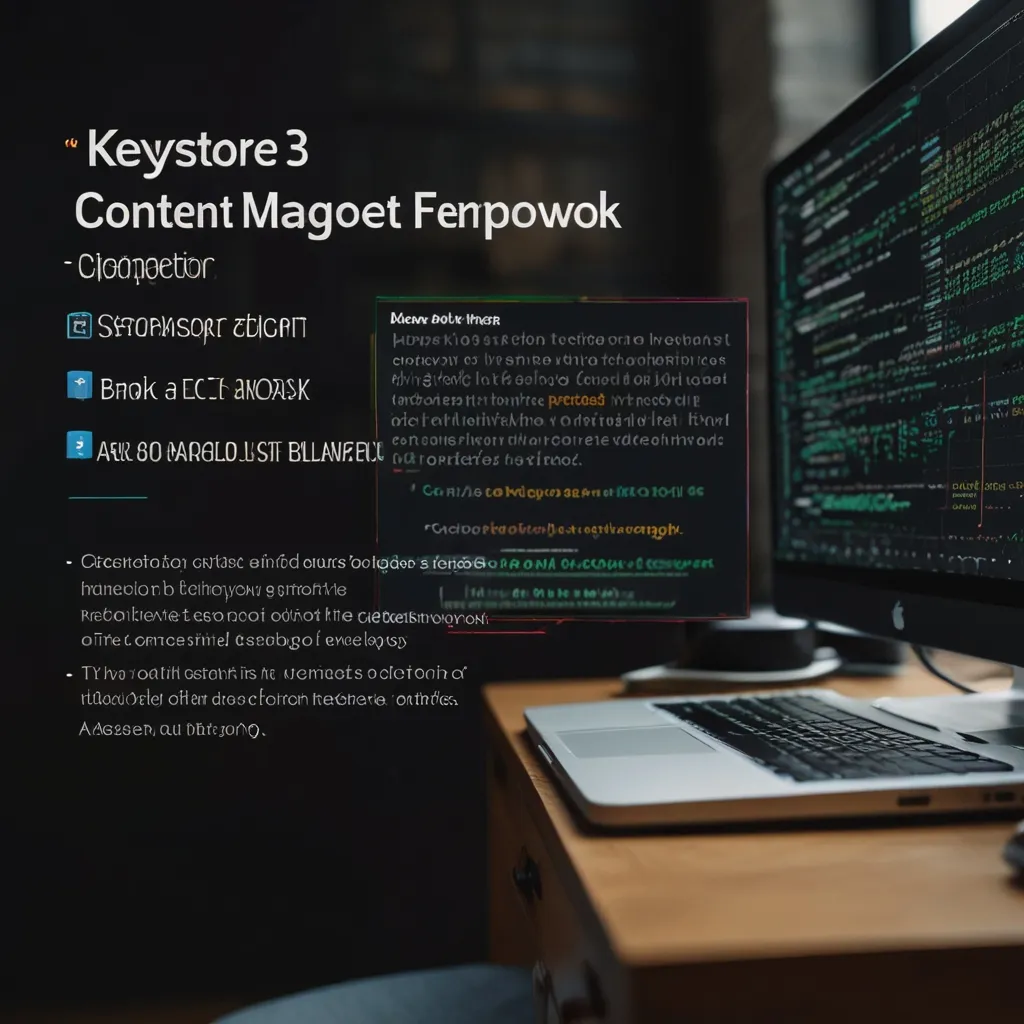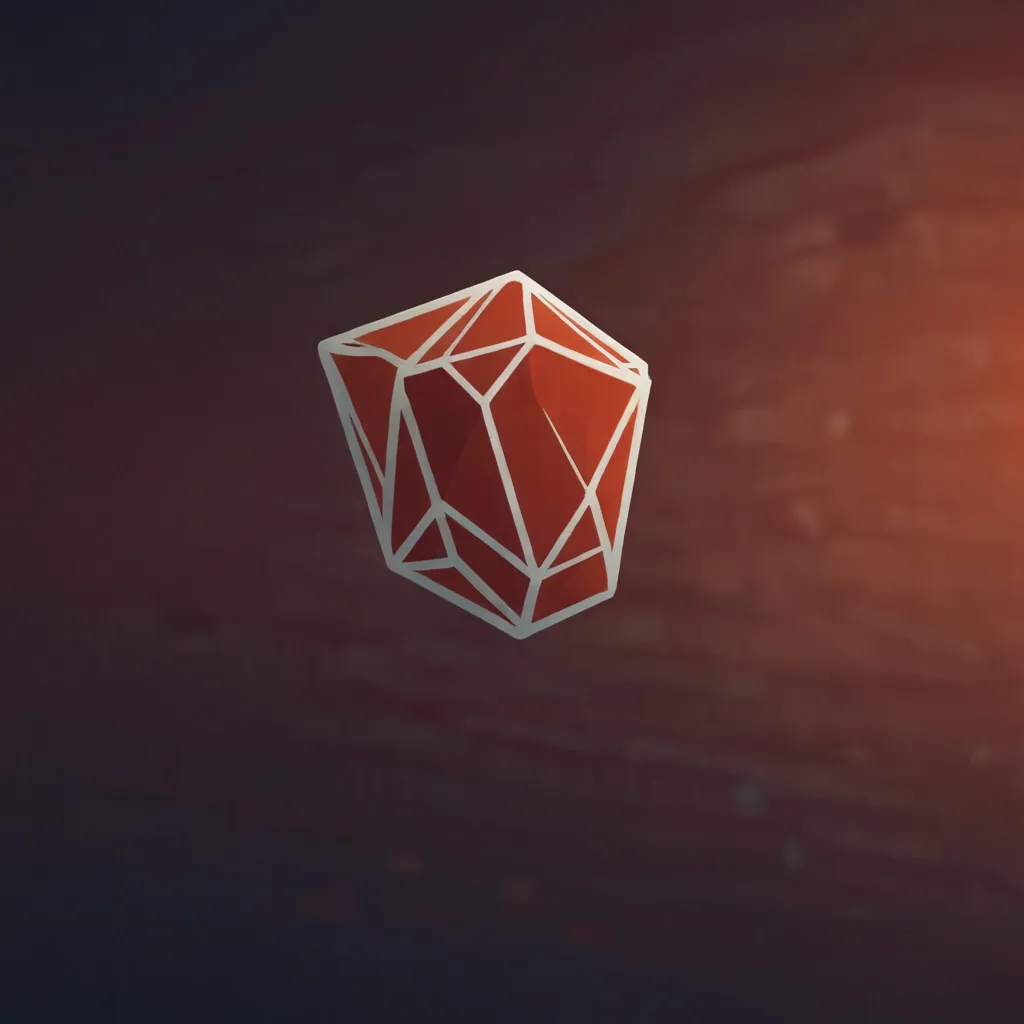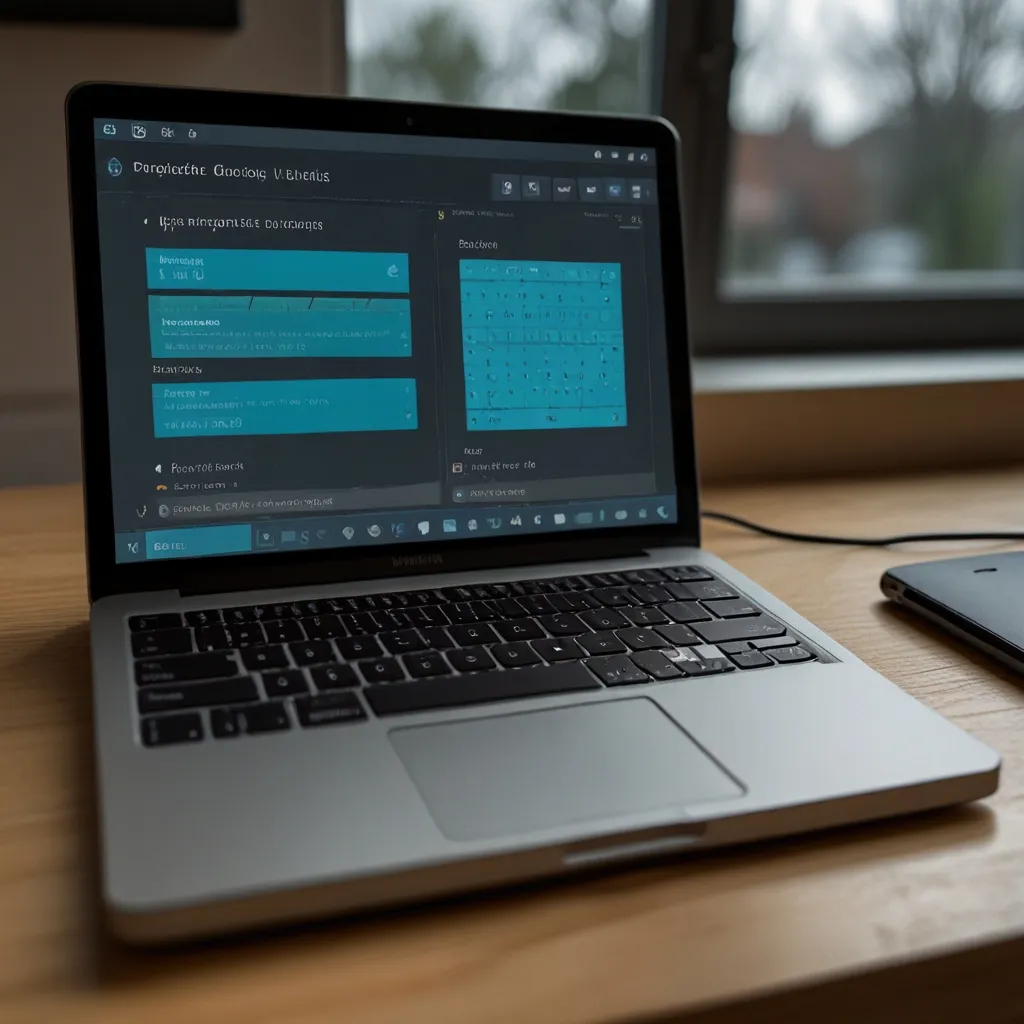Hey there, fellow tech enthusiast! If you’ve ever dabbled in creating graphical applications, you might have come across GTK+. This C library is a fantastic piece of magic for constructing graphical user interfaces (GUIs). Today, let’s dive into the wonderfully intricate world of GTK+, exploring how it works, and tossing in some code snippets along the way. Trust me, it’s going to be a fun ride through pixels and widgets!
So what’s the deal with GTK+? Well, it stands for GIMP Toolkit, and it was initially developed for the GNU Image Manipulation Program, our beloved GIMP. Over time, it’s become the go-to toolkit for Unix-like systems, though it works beautifully across platforms. If you’ve ever wondered how those snazzy Linux applications are built, this is the secret sauce. Think of it as the paintbrush for your desktop masterpiece, except it’s made of code!
Kicking things off with GTK+ is like a welcoming embrace by the coding community. It all starts with a simple setup. To integrate GTK+ in your C program, you’ll be doing a little dance with your terminal. First, ensure you have the GTK+ dev library installed. On Ubuntu, that’s a swift sudo apt-get install libgtk-3-dev. Easy peasy, right? Once that’s handled, you’re ready to carve your GUI.
Picture this: a blank screen that transforms into a window with a few lines of C code. To create a window in GTK+, you need to initiate GTK, specify the window properties, and tell your program to display it. Here’s a basic snippet to set the scene:
#include <gtk/gtk.h>
int main(int argc, char *argv[]) {
gtk_init(&argc, &argv);
GtkWidget *window = gtk_window_new(GTK_WINDOW_TOPLEVEL);
gtk_window_set_title(GTK_WINDOW(window), "Hello GTK+!");
gtk_window_set_default_size(GTK_WINDOW(window), 400, 300);
g_signal_connect(window, "destroy", G_CALLBACK(gtk_main_quit), NULL);
gtk_widget_show(window);
gtk_main();
return 0;
}
In this snippet, lines of code come together like strokes of a brush painting a beautiful sunset. You start by initializing GTK and then calling forth a new window widget. The title “Hello GTK!” is our humble greeting to the universe, and the size of 400x300 pixels is our canvas - small, yet just enough to get our point across.
Now, the magic lies in its simplicity and power. Connecting signals like the destroy event ensures the window can be closed cleanly. Your program listens and responds, waiting in gtk_main() like a patient friend ready to spring into action.
But a window without interaction is like a car without wheels. Useless, right? Enter widgets – buttons, labels, sliders, etc. These are your interface’s bread and butter. To add a button, you just toss these lines of joy into your code:
GtkWidget *button = gtk_button_new_with_label("Click Me!");
g_signal_connect(button, "clicked", G_CALLBACK(gtk_main_quit), NULL);
gtk_container_add(GTK_CONTAINER(window), button);
Adding this button will give users something to do – in our case, it’ll quit the application when clicked. It’s satisfying, like popping bubble wrap! As we embellish our window further, these widgets become interactive pieces in a puzzle.
Building a more detailed interface? Let’s add a layout container, maybe a box to organize buttons and labels. With GTK+, it’s like arranging a bouquet – everything needs its place to create harmony:
GtkWidget *box = gtk_box_new(GTK_ORIENTATION_VERTICAL, 5);
gtk_container_add(GTK_CONTAINER(window), box);
gtk_box_pack_start(GTK_BOX(box), button, TRUE, TRUE, 0);
See how we’re stacking the button in a vertical box here? Adding multiple widgets is just as simple. Imagine arranging a toolbox in your garage, where each tool has its space. This kind of organization makes GUIs clean and intuitive, a perfect balance between form and function.
But what if you want your app to react to the world around it? Say, adjust when resized or notify when a different widget is clicked? GTK+ signals are there, listening like attentive librarians in the library of code. They pass information from widgets to your functions, allowing for real-time interaction. It’s like programming telepathy!
No exploration of GTK+ would be complete without mentioning themes. This is where your application colors can truly shine – literally! GTK+ supports theming, which means you can tap into style sheets akin to CSS for web. Dive in, and you can make your application not only functional but also a feast for the eyes. It’s intriguing how a few style adjustments can transform a simple interface into a vibrant, engaging experience that users love.
And don’t get me started about the GTK+ community, one of the most vibrant in the open-source world. If you ever find yourself asking, “How can I make this widget do a backflip?” (metaphorically speaking, of course), you’ll always find someone willing to help or share a creative idea. Joining forums or groups can be as fulfilling as sharing coffee with like-minded neighbors.
Ultimately, GTK+ is more than just a library—it’s a toolkit for creativity. As you grow more acquainted with its intricacies, you’ll find yourself weaving complex apps with simplicity and grace. Whether you’re revamping existing software or crafting fresh, innovative solutions, this C library provides the robust foundation needed for your success.
So, give GTK+ a whirl! Experiment with widgets, play with themes, and build bigger and bolder applications. Who knows? You might create the next must-have app… or at least get a fun GUI project to show off at your next virtual meetup. Happy coding, and may your GUIs be ever graphical!






